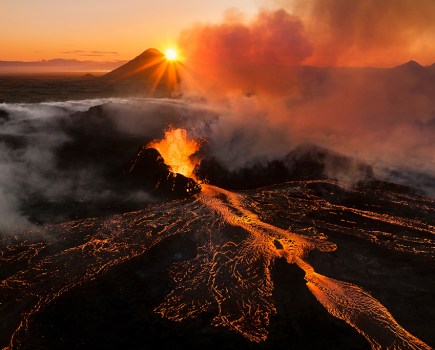Off-camera flash is one of the most effective ways to make your photos look more polished and professional. It gives a clarity that is near-impossible to achieve with natural light alone, and produces results that go far beyond the means of the novice snapper.
Whether photographing people, pets, plants or still-life, a basic studio speedlight set-up can take your photos to the next level. Over the next few pages we’ll look at how to get started by creating a simple speedlight studio in your home. With a few simple techniques and inexpensive pieces of kit you’ll be able to capture all kinds of beautifully-lit subjects without leaving the house.
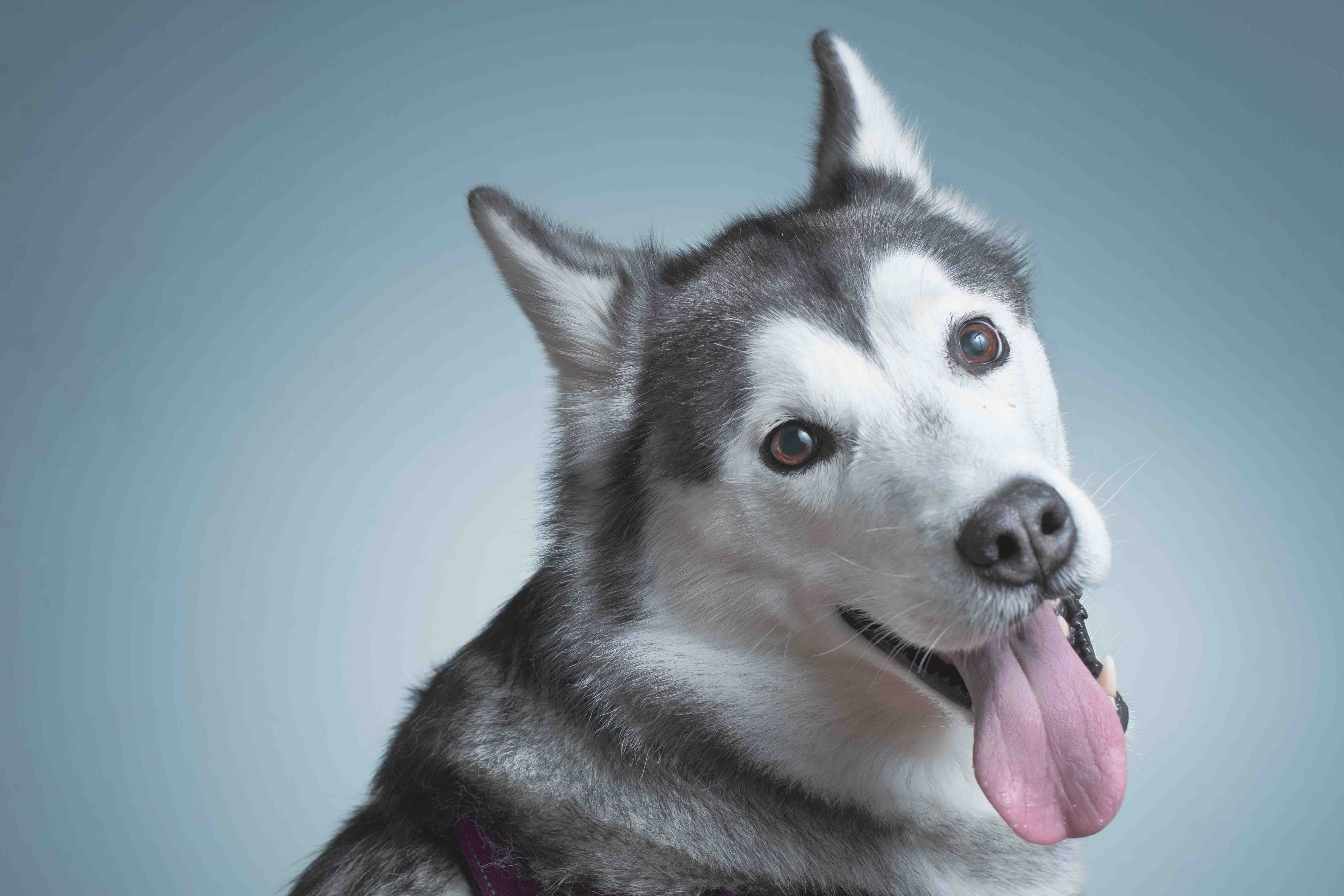
A simple speedlight setup at home can give you great results
Nikon D850, 50mm, 1/200sec at f/8, ISO 100
The good news is you don’t need to spend a fortune on a basic home studio set-up. A dedicated 2-head home studio kit is ideal, but you needn’t go that far to begin with. A couple of budget speedlights, stands and umbrellas are all you need to get started. The difference that even a basic kit like this can make is huge.
You can get started with one speedlight, but two gives you so many more options as it allows you to play with the ratios between the lights, which is ideal for the fledgling home studio. You might already have them in your kit, but if not then you can pick speedlights up with ease for a reasonable cost. It doesn’t need to be a top of the range model either as all you need is manual control – something even the most budget models will have.
Kit list: what you need
Speedlights
A couple of speedlights will let you create a range of two-light studio set-ups. They needn’t be feature-rich and expensive, all you need is manual control which even the budget sub-£50 models will offer.
Umbrella
A white shoot-through umbrella will soften and diffuse the hard-edged light from a speedlight. Softboxes produce similar results, and you can also get handy umbrella-softboxes that act like a softbox but collapse like an umbrella.
Stand and fixings
You’ll need light stands or spare tripods for each of your flashes. You’ll also need a means of attaching the speedlights – as well as any modifiers like umbrellas – to your light stands. Inexpensive umbrella holders are readily available online.
Triggers
A wireless trigger lets you fire your flashes off-camera without the need for wires. A receiver goes on one flash and the other can be set to optical slave mode so that it detects the first flash and fires simultaneously.
Backdrop
A plain white wall or even a white sheet can serve as a backdrop for your home studio shots. A black blanket or velvet sheet can be useful for darker shots, and you can hang coloured paper or materials instead if you like.
Free the flash
Speedlights are designed to attach to your camera’s hotshoe, but the best thing you can do is learn how to use it off-camera. When attached to the camera the light source is very close to the lens, and this makes it straight-on, flat and dull, much like the uninteresting illumination you get with a pop-up flash. Of course, speedlights allow you to swivel the head and bounce light off nearby surfaces. This often produces much better results, but it can still be restrictive. By learning how to fire your speedlight off-camera you have far greater freedom.
Overpower the ambient
While speedlights can’t compete with studio heads in terms of output, even a budget flash will still produce enough light for a basic home studio set-up. One of the key things with a flash is how it can overpower everyday ambient light, which means we can effectively cancel out the existing light in the room and instead create our own lighting from scratch. This, coupled with the fact that our light is on a stand – means we can light our subject from any direction we choose – up above, from behind, to one side – and each position will have a dramatic effect on the look of the subject. As such, creative control over the lighting allows us to craft our shots rather than making do with the existing light in the scene. We create the shot rather than take it.

A range of looks can easily be achieved with just two speedlights
Nikon D850, 70-200mm, 1/200sec at f/5.6, ISO 100
Quality lighting
The key to great studio lighting is control over the quality of the light – how soft or hard it is, and the colour and the spread. We can control all these factors by using modifiers in front of the flash. Fired bare, the light from a speedlight is very hard-edged, which has limited use in portraiture and studio photography. Light from any small source will always be hard and contrasty, just like direct sunlight on a cloudless day. In order to soften the light we need to diffuse it. Just as cloud cover makes sunlight softer and more flattering, we can use modifiers such as umbrellas and softboxes to transform the harsh light from a speedlight.
A simple white shoot-through umbrella is ideal for those getting started with studio flash, and it’s super-cheap too. The umbrella will diffuse and spread the flash to cover a wide area. Not only does this make the light softer, it also means that it’ll bounce off nearby surfaces, ceilings and walls which helps to fill in shadows and reduce contrast. So it’ll give a nice even illumination with gentle shadows. We have two options with a white umbrella – either angle the head away from our subject so the light bounces back off the umbrella, or angle the head towards the subject and shoot through the umbrella to make the light more directional.
Along with umbrellas, softboxes are another option for modifying your flash. Like an umbrella they will also produce soft light, but it’s more directional. This means we won’t get as large a spread of light with a softbox, so we have more control over which areas in our image are illuminated, and which are in shadow. This makes them ideal for portraiture. As well as softboxes and umbrellas, you can also buy inexpensive umbrella-softboxes like the one we’ve used here. These combine the quality of a softbox with the portability of an umbrella. Of course, there are also a huge variety of other flash accessories like snoots, gels and beauty dishes that will each give you a different quality of light and are worth experimenting with.
Controlling flash power
Being able to control the power of your light gives you a fine degree of control over your exposure and the look of your shot – you can either increase the power and close your aperture for greater depth of field, or decrease the power and open up your aperture for a shallow-focus look. Flash output can be determined not only by the power setting on the light, but also by it’s distance from the subject. So you can either move the light in closer to make it more powerful or alter the output instead. If you opt for the former then keep in mind that changing the light position not only affects the strength of the light, but also its size in relation to the subject. Brought in close, an umbrella becomes much larger than if it were 5 metres away. The larger the source the softer the light, so when in close the shadows become more even, while further away they will be more hard-edged.
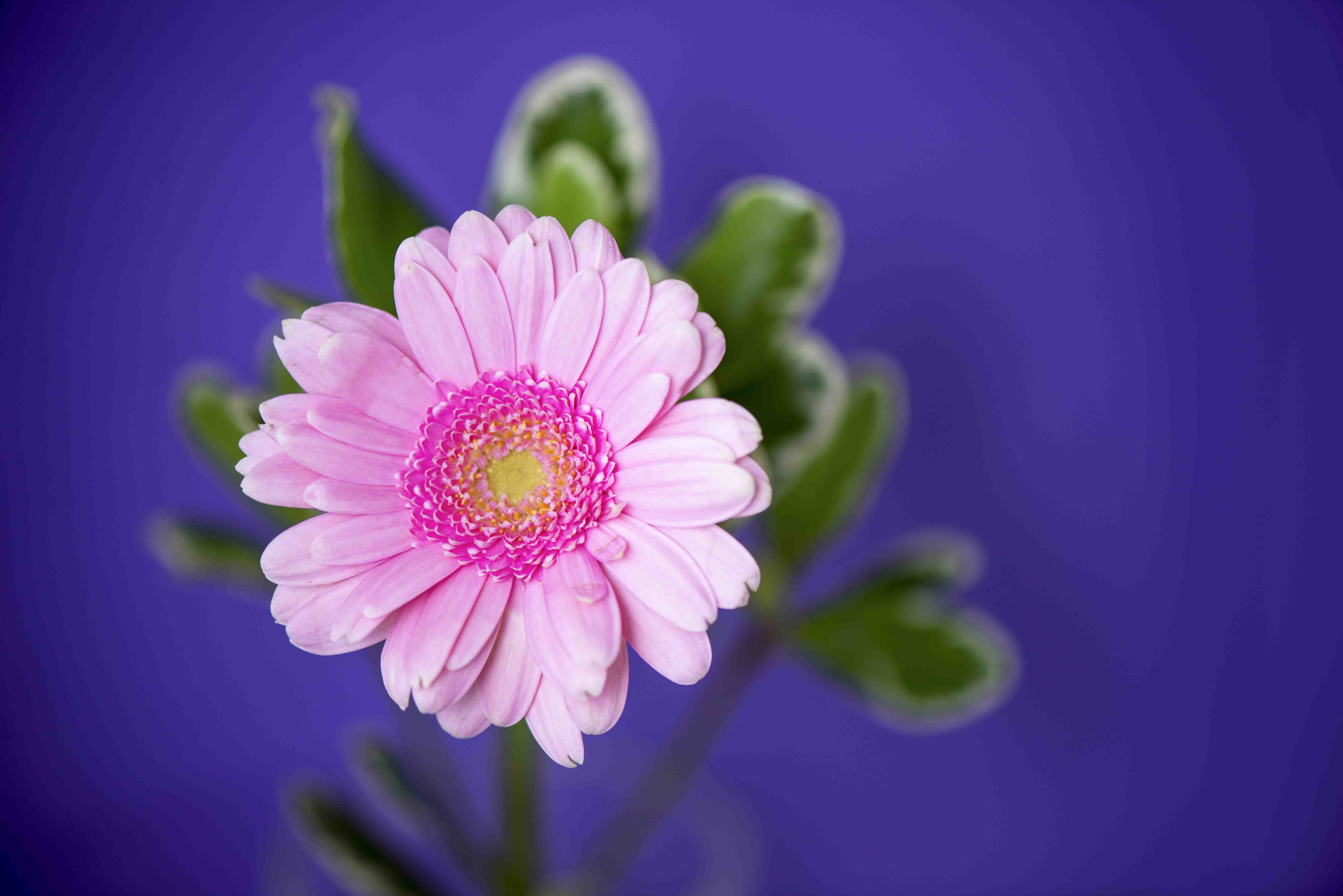
When light from a speedlight is diffused the shadows are much softer
Nikon D800, 105mm, 1/30sec at f/3, ISO 50
Think fall-off
Another factor to think about is fall-off. When in close, the fall-off of the light will be more pronounced. For example, if shooting a full-length portrait with the key light in close to the face, the light will drop considerably by the time it reaches the feet, so there will be uneven illumination across the subject. Moving the light further away from your subject will even out the illumination, but it will also affect the strength and hardness of the light.
Whether shooting in your home studio or on location, flash lighting can be a difficult skill to master. But it needn’t be daunting. If you can grasp a few fundamentals and devote time to experimenting with your speedlights and modifiers then it can be a compelling and addictive new direction for your photography.
Exposing for studio flash
Exposing for flash in a studio set-up can get complicated, but here’s a way to keep it simple. Don’t worry about light meters, the inverse square law or guide numbers – just eyeball it. Take a few test shots and use trial and error.

Here’s a basic formula to get going. Switch your camera to manual exposure mode. Set shutter speed to 1/200 sec, aperture to f/11 and ISO to 100. Start with one flash turned on and set it to manual power at ¼ output. Now fire off a test shot. If it’s too dark, or too light then one option is to adjust the aperture. A higher f number will darken the exposure, a lower f number will lighten it.
The second option is to change the strength of the flash. Either adjust the power level, or change the distance of the flash from the subject. Once your first flash looks right, turn on another. Take a test shot and adjust the strength of the second flash until it works in harmony with the first. Building the lighting like this one flash at a time simplifies the process.
Four two-light home studio lighting set-ups to try
Key and fill
Direct the main ‘key’ light towards the subject, and bounce the ‘fill’ light off a wall or ceiling for a big spread of soft light. Start with the key light turned off and adjust the fill while taking test shots until you get a slightly underexposed portrait. Then turn on the key light and use it to lift the subject to the right

High Key
For a high key effect we need to overexpose the background so that it comes out bright white. Angle one light onto the subject, fitted with a softbox or umbrella. Turn the other flash on the background. Set a high power to make the background light stronger than the frontal light.
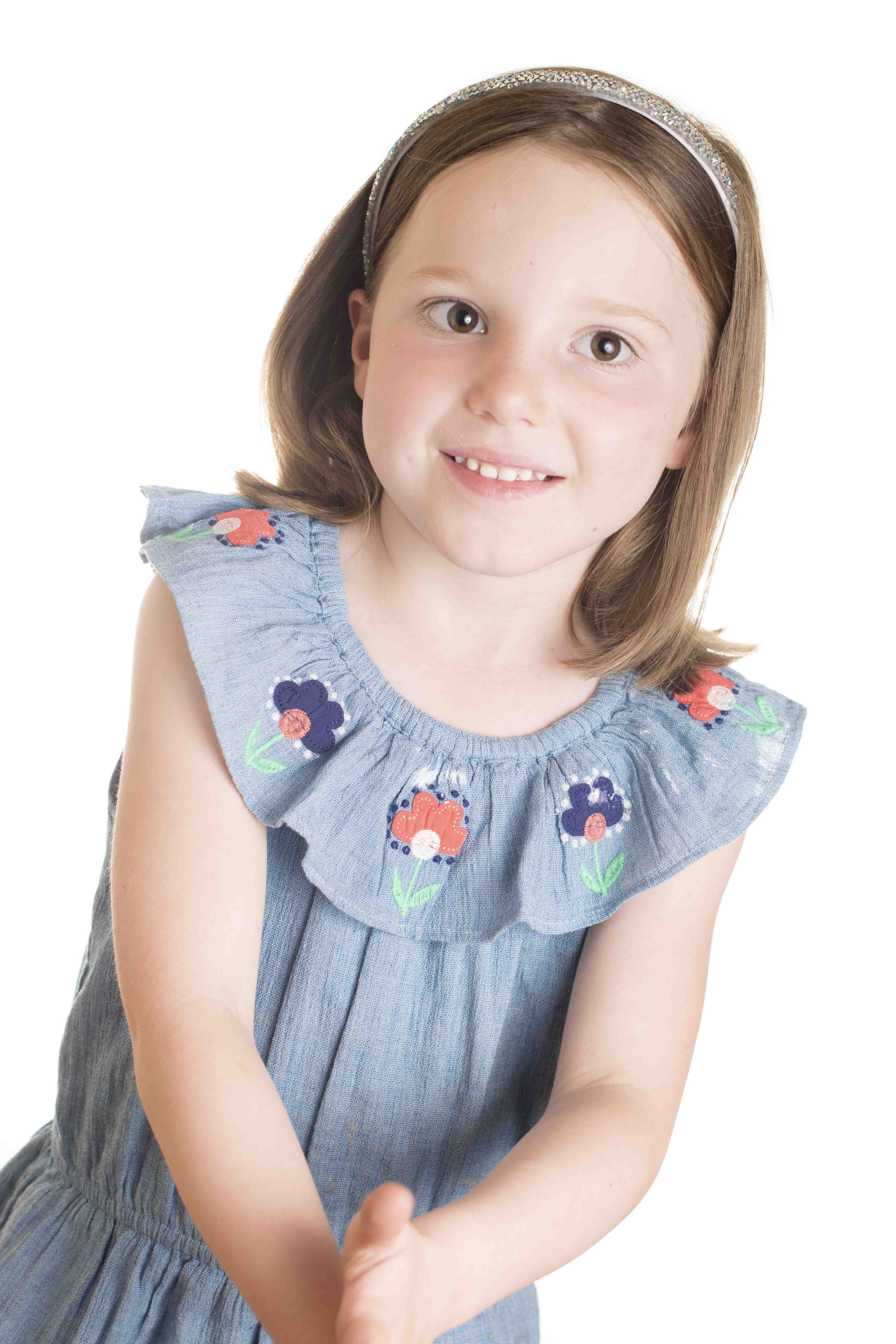
Low key
For this we want a dark background, so we need to make sure the light from the frontal flash doesn’t spill onto the backdrop. By placing the subject in an open doorway we can prevent the bulk of the flash from spilling into the other room beyond, so our backdrop stays dark and moody.
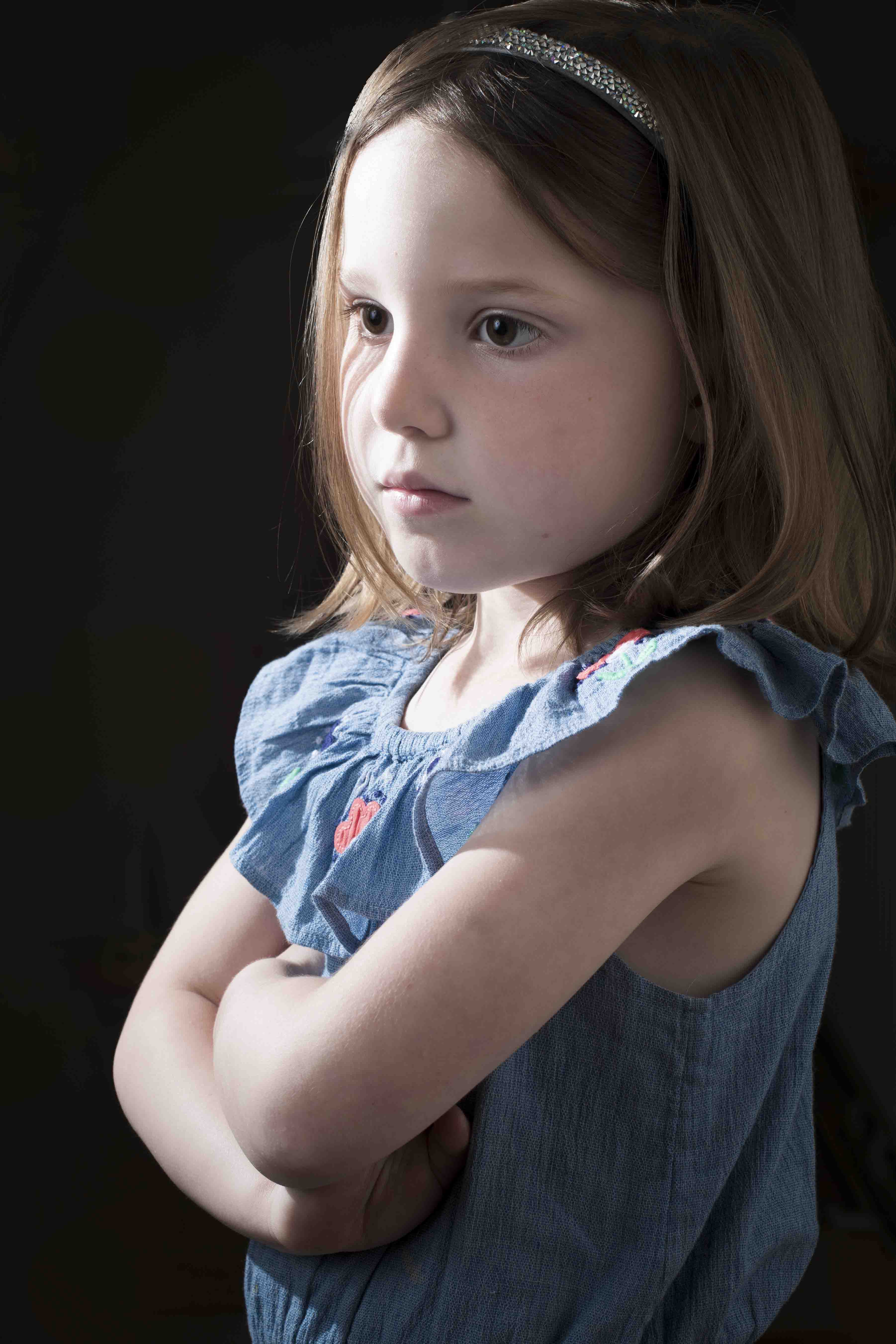
Clamshell
A reflector can act as a weak third light source. For flattering clamshell lighting our umbrella-softbox is placed directly overhead with a reflector held underneath the chin to bounce light back into the shadows. Our second flash is angled at the bottom of the background for a graduated fall-off of light.
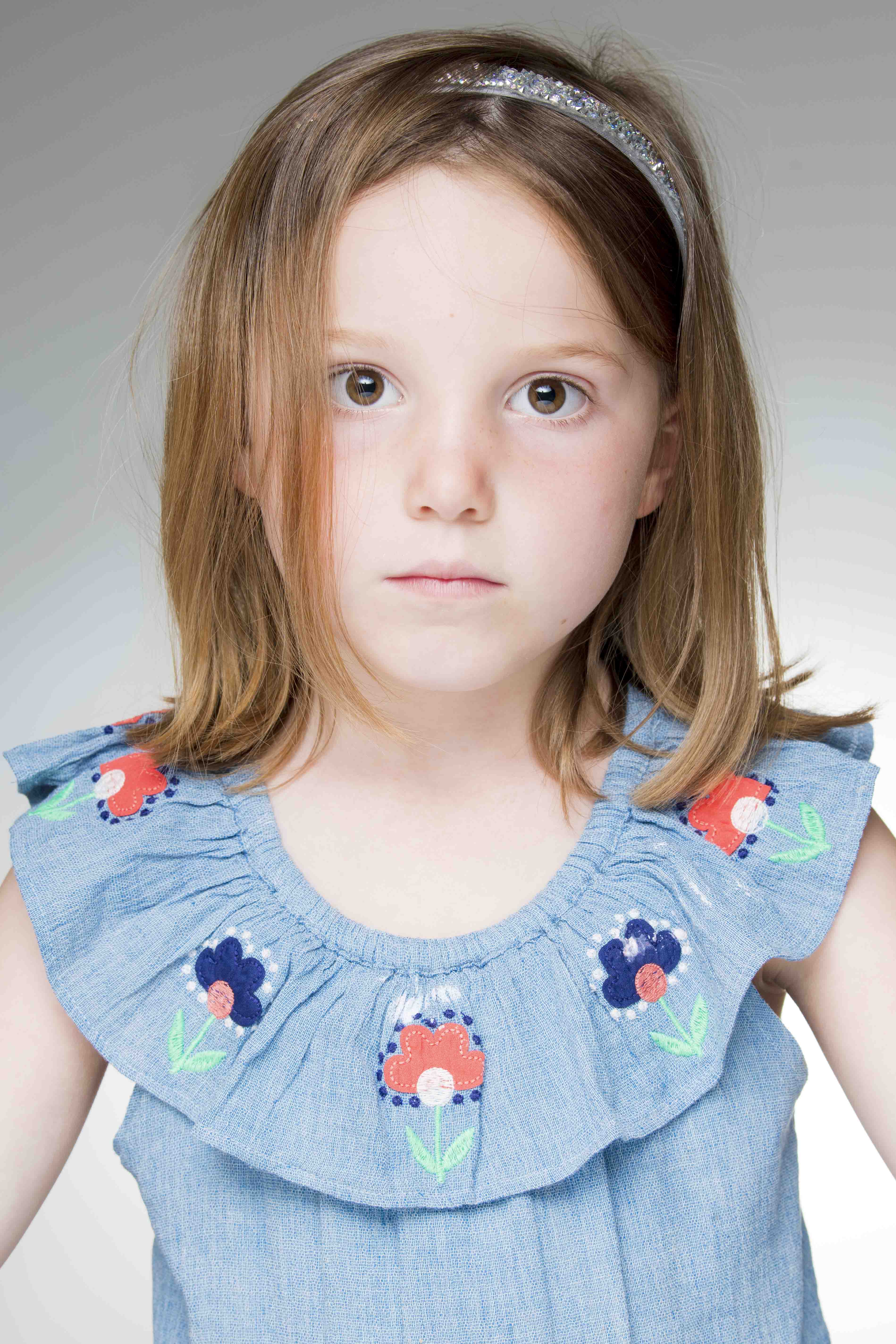
10 simple steps for a high-key portrait look
1) You’ll need two speedlights with stands or tripods, one white umbrella and a wireless flash trigger. To begin, fit the trigger on your camera and the receiver on to one flash.
2) Attach your two speedlights to light stands or tripods – you can screw the small plastic stand that comes with the speedlight onto a tripod plate or the thread of a light stand.
3) Fix a white umbrella to the speedlight without the receiver and leave the other one bare. You can either use a dedicated umbrella holder to keep it in place or simply tape it down.
4) Ask your subject to stand in front of a plain white wall, allowing at least a couple of metres in between. Place the speedlight with the receiver behind them, directed towards the wall.
5) Turn on the receiver speedlight and set it to manual power, then set the flash power to full 1/1 power. Leave the other speedlight with the umbrella off for now.
6) Set your camera to manual exposure mode. Set shutter speed 1/200 second, aperture f/8, ISO 100. Take a test shot. The background should look very bright with your subject in silhouette.
7) If you want the backdrop lighter then open up your aperture to f/5.6 or more. Once you’re happy with the blown out look of the background, turn on your umbrella flash.
8) Place your umbrella flash in front of the subject and slightly to one side of the camera, angled towards the subject. Ask them to tilt their head towards the umbrella.
9) Turn on the umbrella speedlight and set it to optical slave mode (sometimes called S1). Set manual power at ½ power. Take a test shot and ensure both flashes fire.
10) Check the test shot to assess lighting over the face. If it’s too dark either bring the umbrella flash in closer to the subject or increase the power. If it’s too bright, do the opposite.







